Table of Contents
Life Cycle of Butterfly
Life Cycle of Butterfly is very fascinating. The egg, the larva (caterpillar), the pupa (chrysalis), and the mature butterfly are the four stages of the life Cycle of a Butterfly. Each of the four stages is particularly specific to a particular butterfly species. Typically, the egg stage lasts 3 to 7 days. The egg hatches into a very small caterpillar. The caterpillar constructs a silk mat and fastens to the base. A butterfly’s wings are folded when it emerges from its chrysalis.
Life Cycle of Butterfly Project
The life cycle of butterfly project can be done in various formats such as a presentation, poster, report, or even a video. Below is a guide on how to approach this project, followed by multiple-choice questions with detailed solutions to test understanding.
Life Cycle of Butterfly Project Outline
Introduction
- Brief overview of what butterflies are and their significance in the ecosystem.
Stages of Life Cycle
- Egg
- Description
- Importance
- Photos or illustrations
- Caterpillar (Larva)
- Description
- Importance
- Photos or illustrations
- Pupa (Chrysalis)
- Description
- Importance
- Photos or illustrations
- Adult Butterfly
- Description
- Importance
- Photos or illustrations
Life Cycle of Butterfly Drawing
Butterfly Life Cycle: The metamorphosis process is how the butterfly and moth grow. This Greek term denotes transformation or physical change. There are two basic types of metamorphosis in insects. Cockroaches, grasshoppers, crickets, and dragonflies all undergo incomplete metamorphosis. The young, sometimes known as nymphs, typically resemble miniature adults without wings.
Moths, beetles, flies, bees, and butterflies all undergo full metamorphosis. The young are considerably different from the adults and are referred to as larvae rather than nymphs. It typically consumes a variety of foods. Egg, larva, pupa, and adult are the four phases of a butterfly or moth’s metamorphosis.

Life Cycle of a Butterfly First Stage-Egg
On plants, the mature female butterfly lays her eggs. Afterward, the caterpillars that have just hatched will eat these plants. A bird can lay eggs in the spring, summer, or fall. Depending on the type of butterfly, yes. To ensure that at least part of their eggs survive, females lay many eggs at once. Eggs from butterflies can be rather tiny.

Life Cycle of a Butterfly Second Stage- Caterpillar
The larva is the following stage. If the insect is a butterfly or a moth, it is also referred to as a caterpillar. The caterpillar’s job is to continuously consume. The caterpillar splits its skin as it grows and sheds it around four or five times. The food consumed at this age is saved for use as an adult. During this stage, caterpillars can expand 100 times their original size. A monarch butterfly egg, for instance, is about the size of a pinhead, and the caterpillar it produces isn’t much larger. But after a few weeks, it will reach a maximum length of 2 inches.
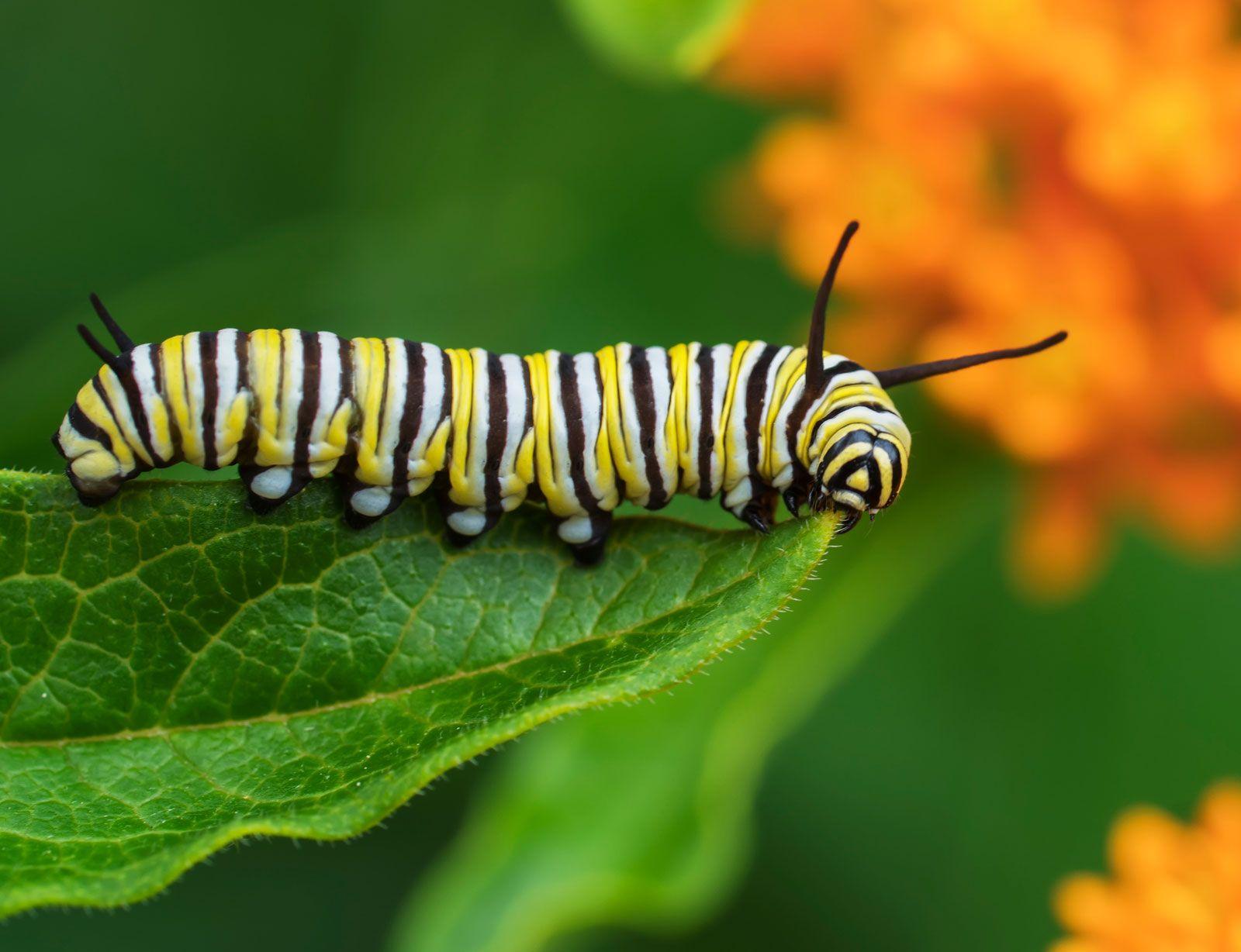
Life Cycle of a Butterfly Third Stage-Pupa Meaning
The caterpillar turns into a pupa when it has reached adulthood and has stopped eating. The term “chrysalis” is also used to describe a butterfly pupa. The pupa may be buried underground, concealed in leaves, or hanging under a branch, depending on the species. Many moth pupa are enclosed in a silk coccoon for protection. It is possible for this stage to last for a few weeks, a month, or even longer. Some animals go through a two-year pupal stage. Although it may appear that nothing is happening, internal adjustments are taking place. In the larva, special cells were present, and they are currently dividing quickly. They will develop into the adult butterfly’s legs, wings, eyes, and other features.
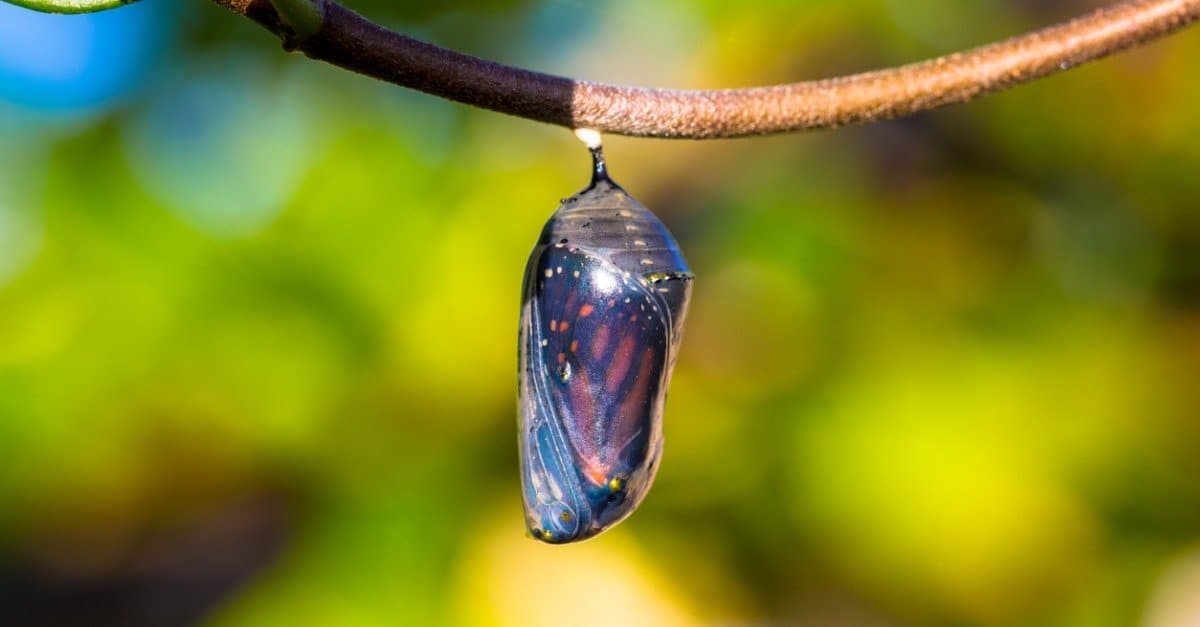
Life Cycle of a Butterfly Forth Stage-Adult Butterfly
The majority of people see butterflies in their adult form when they think about them. They have a very distinct appearance from the larva. The caterpillar has a few tiny eyes, short antennae, and stubby legs. The adults have complex eyes, long legs, and lengthy antennae. Their broad, vibrant wings allow them to fly as well. They are unable to grow, which is the one thing.
Butterfly Drawing
This is a butterfly drawing for students to know how butterfly look likes.
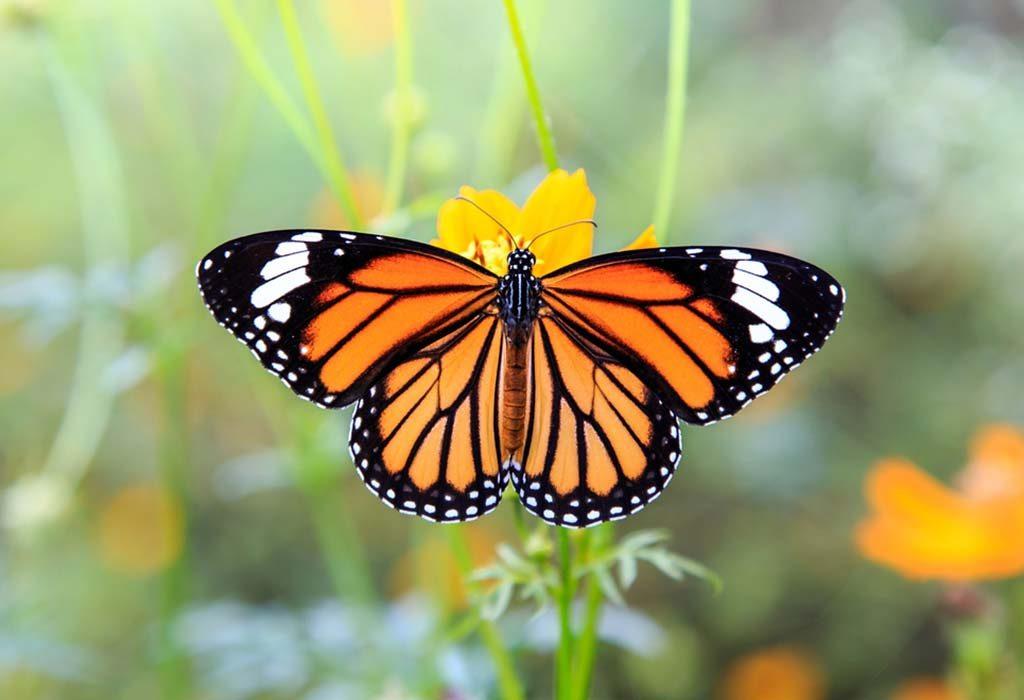
Life Cycle of Butterfly for Class 4
The butterfly’s life cycle is a fascinating journey through life. Throughout their existence, butterflies go through four distinct stages of form change:
- The Egg
- The Caterpillar
- The Pupa
- The Adult Butterfly
Metamorphosis is the name given to this process of shape change. The butterfly’s life cycle is an illustration of complete metamorphosis.
What Is Fungi?- Definition In Microbiology With Example
Life Cycle of Butterfly for Class 8
Throughout their existence, butterflies go through four distinct stages of form change:
Egg
A Fertilized egg is the ancestor of a butterfly. A female butterfly often lays a large number of eggs on plant leaves or stems. Butterfly eggs are extremely small and might be spherical, oval, or cylindrical in shape.
Caterpillar
The second stage of the butterfly’s life cycle is when the Larva, also known as the Caterpillar, emerges from the egg. Larvae is the word used to refer to larva.
Pupa
The third stage of the butterfly life cycle is known as the Pupa or Chrysalis. The chrysalis, also known as the pupa, hangs from nearby twigs or other secure areas around the plant where it was born. At this stage, the caterpillar’s former body parts undergo a remarkable transformation known as metamorphosis.
Adult Butterfly
The adult stage of a butterfly’s life cycle is the 4th and last stage. A butterfly’s wings are damp and wrinkly when it emerges from its chrysalis. In order to make their wings huge and robust, the butterfly hangs with their wings down and begins pumping a substance known as Hemolymph to them.
Butterfly Young Ones Name
The young ones of a butterfly are commonly called caterpillars.
The Larva of a Butterfly is Called
The larva of a butterfly is called a caterpillar

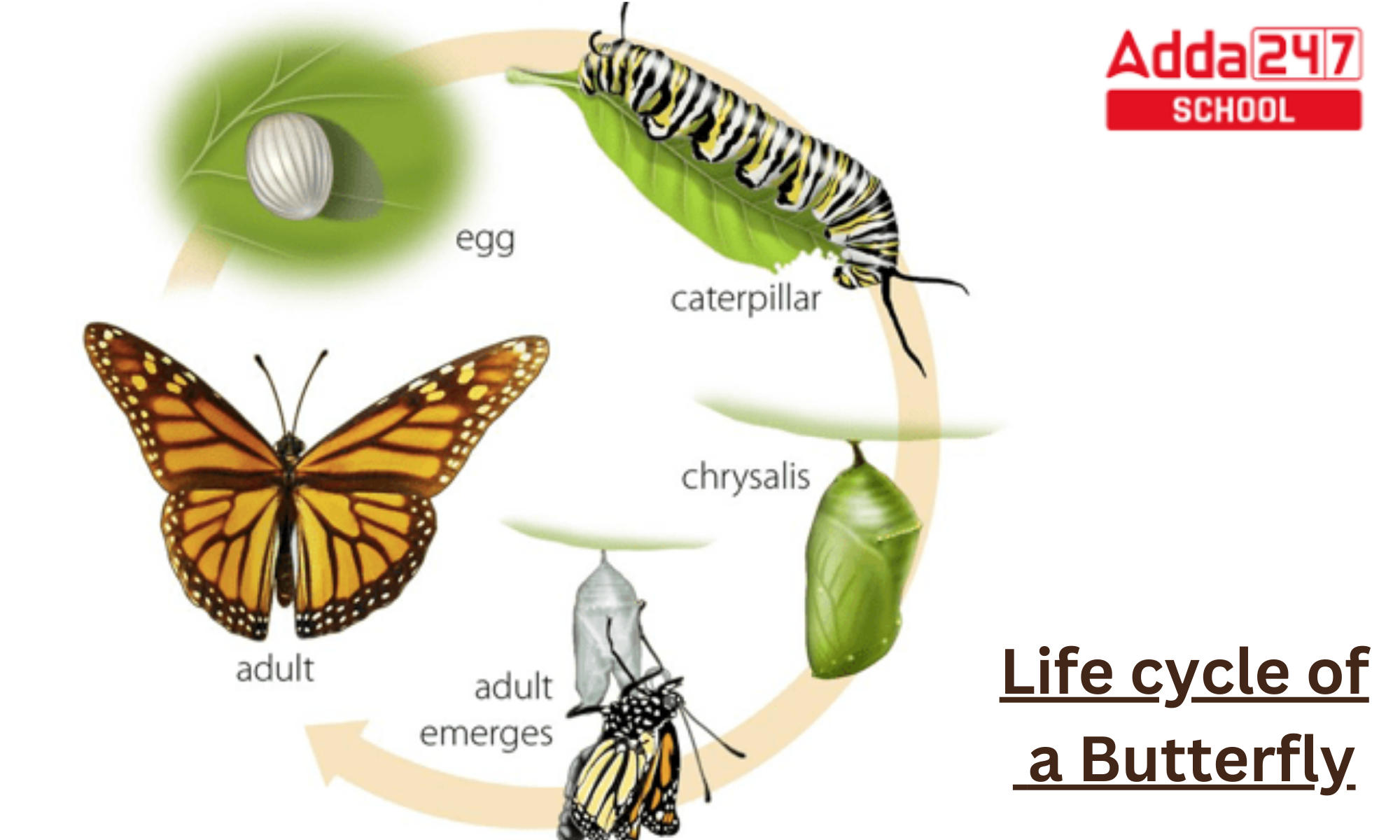

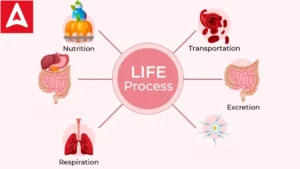 Life Processes: Check Nutrition, Transpo...
Life Processes: Check Nutrition, Transpo...
 CBSE Class 12 Biology Viva Questions wit...
CBSE Class 12 Biology Viva Questions wit...
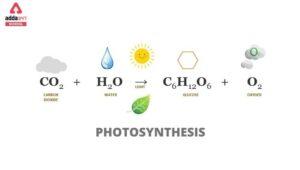 Photosynthesis: Equation, Reaction, Diag...
Photosynthesis: Equation, Reaction, Diag...










